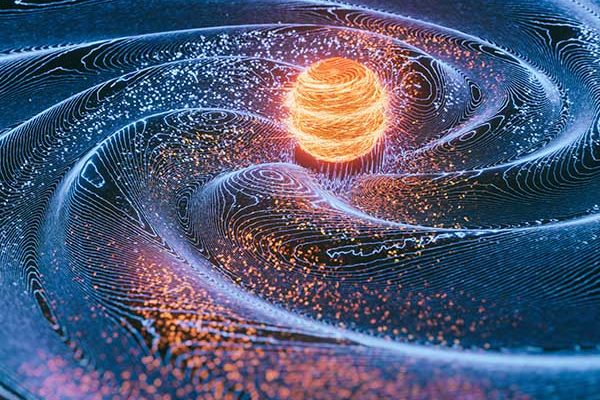Proposed use
A technique that allows enhancement of light extraction efficiency in light emitting diodes (LEDs). LEDs are widely used within the modern world including, but not limited to, traffic lights, backlighting displays, sensing, and water purification. Many attempts to enhance light extraction efficiency to create greater light output have been tested but have yet to come to fruition.
Problem addressed
Multiple different attempts have been made into researching how to enhance the light extraction efficiency of LEDs with the aim of achieving greater light output. Most of these attempts have focused on new encapsulating materials with higher refractive index to improve light extraction by reducing the critical angle loss. The problem with this is that a larger refractive index leads to more light being reflected back adding to Fresnel loss. This leads to additional processes being incorporated to the existing LED production process, making manufacturing complex and economically challenging.
Technology overview
This technology uses a monolayer of sub-wavelength plasmonic nanoparticles on top of a conventional LED chip, which act as a ‘meta-grid’, placed within the chip’s usual encapsulating packaging. This process significantly improved light extraction across the LED chip/encapsulant interface by reducing the Fresnel loss, improving the overall performance of the device. By localizing the surface-plasmon-enhanced light transmission through this nanoparticle meta grid, LED light extraction efficiency is increased by 15-18%, which also then reduces internal heating of the LED chip caused by reabsorption of the reflected light. This has been demonstrated with a proof-of-concept experiment using hexagonal lattice arrangement of nanoparticle meta-grid, however the technology can be adapted with other structural arrangements. The innovation is based on a developed theory of thus ‘nanopgotonically’ modified LEDs, now experimentally tested.
The developed program allows to optimize the structure and composition of the embedded layers for maximized extraction of light and life cycle of LEDs. Further information is available on the Imperial website.
Benefits
- With the addition of a nanoparticle meta-grid, significant enhancement of light extraction efficiency of LED emission can be achieved.
- Due to an increase in LED light extraction efficiency, reduction in internal heating of the LED chip allows for a longer device lifetime.
- The process of manufacturing these systems is very simplistic, only requiring an addition step in existing LED manufacturing process.
Intellectual property information
US Patent Application Filed




